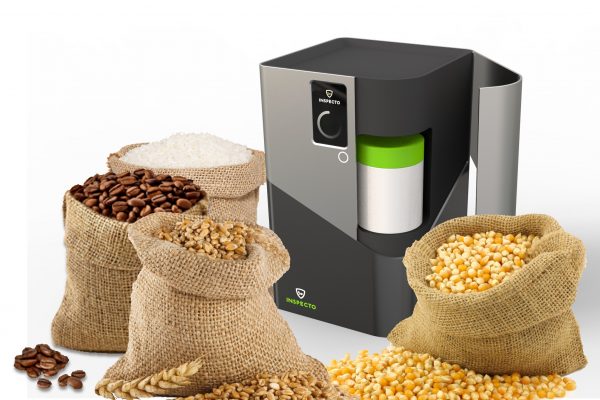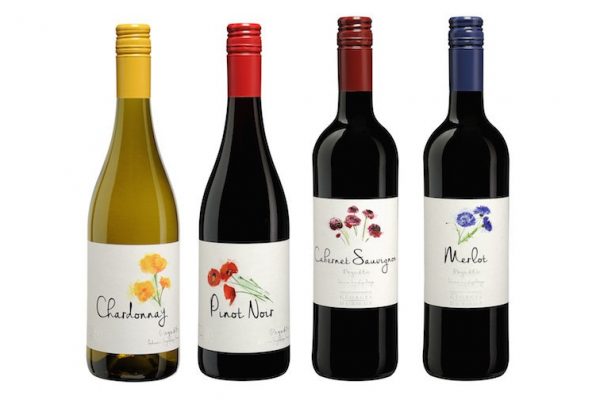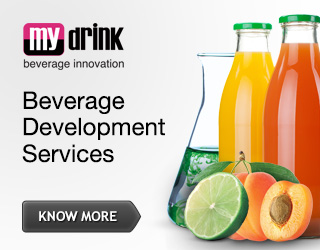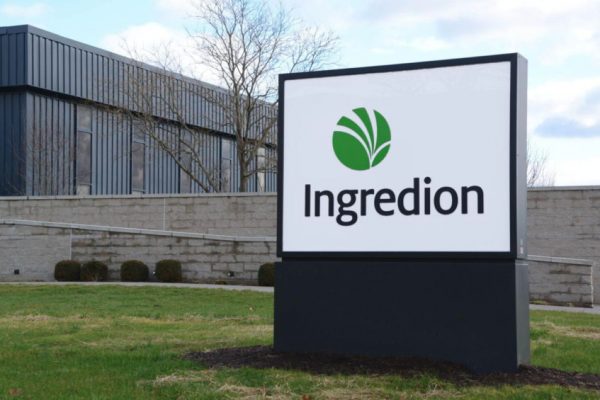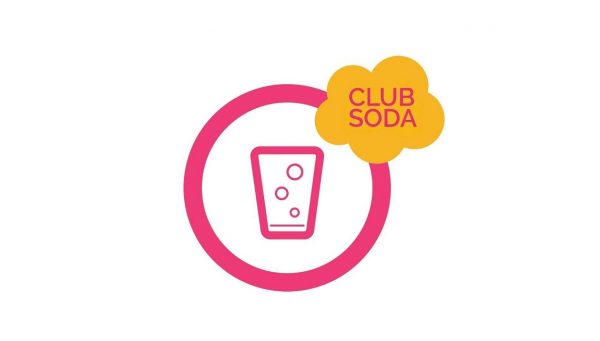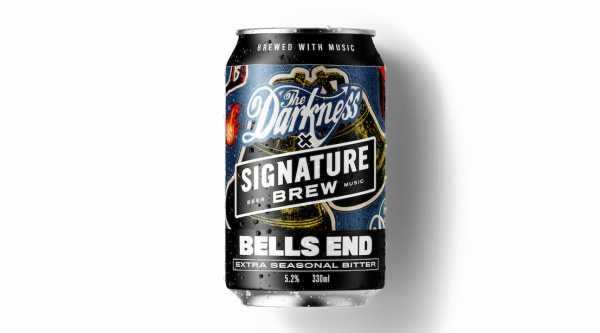How To
Free U.S. Market Data Reports Shine Light On Opportunities
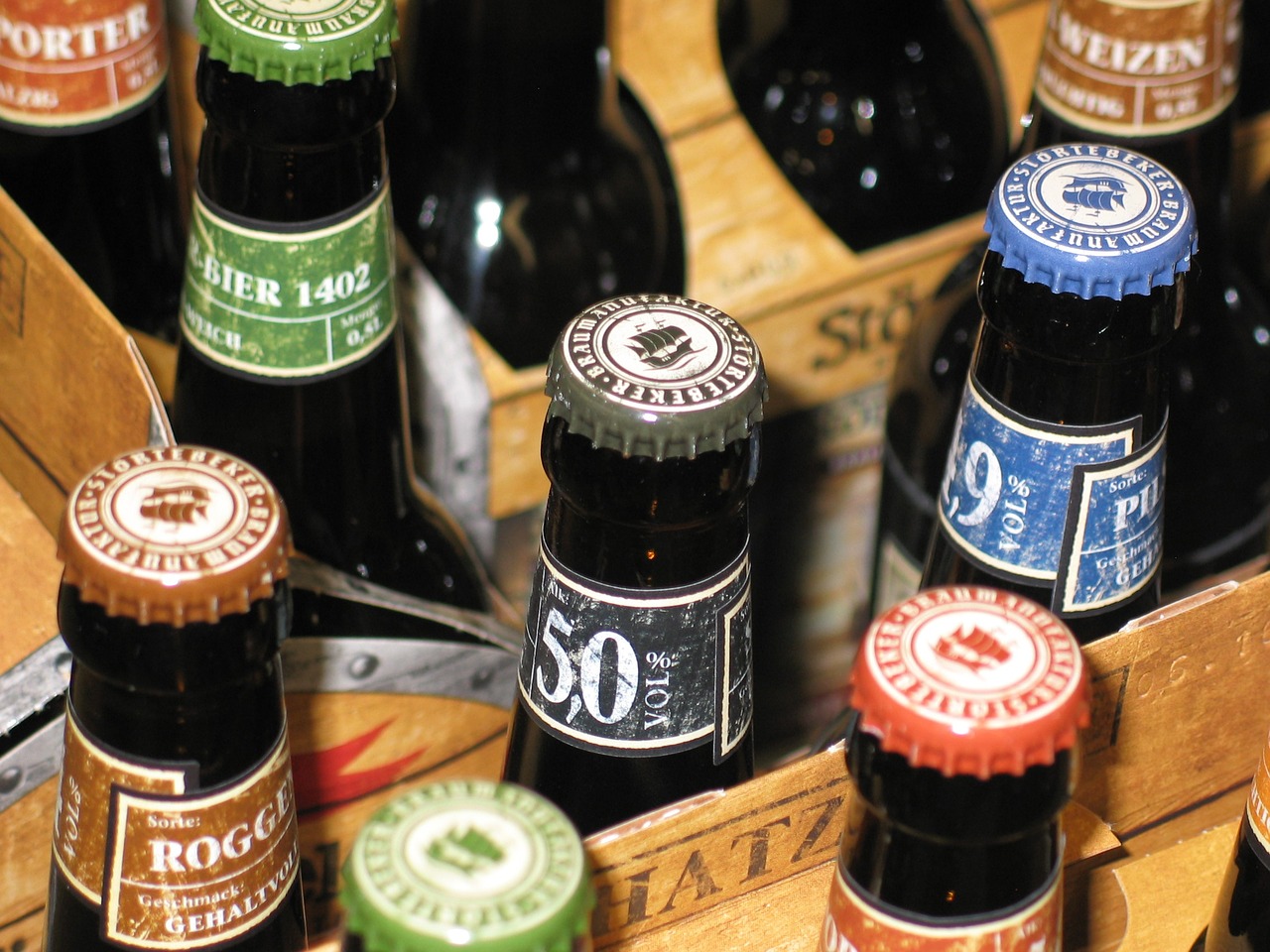 Two new U.S. market data reports were released recently that are available publicly (see links below). Our correspondent in the U.S., Steve Raye gives a topline on the two
Two new U.S. market data reports were released recently that are available publicly (see links below). Our correspondent in the U.S., Steve Raye gives a topline on the two
1. Rabobank “2020 Alcohol E-Commerce Playbook” (full market data report)
Analyst Bourcard Nesin takes a deep dive into the unrealized potential of the e-commerce channel for the U.S. bev. alc. category. Pegging the business at $2.6bn in 2019 and growing at 22% YOY, one has to wonder why the category hasn’t been exploited more, particularly in regard to brands exported to the U.S.
It’s true that the America’s labyrinthine regulatory system can be hard navigated, but the reality is that the spirits, beer and particularly the wine category lags way behind other CPG categories in terms of e-comm sales (e-Marketer data reported 4% penetration for bev. alc. vs. 50+% for books and shoes. And that spells opportunity.
The industry is facing a flurry of new challenges now including global economic upheaval from the coronavirus in China and the morass of tariff brinksmanship ensnaring the U.S. and E.U. And that’s added on top of the existing barriers resulting from major consolidation at the wholesale tier (Top 10 wholesalers now control 74% of the business per data from Impact Magazine.)
Nesin segments the opportunity into four categories:
- Online Grocery
- DtC wine sales, including both winery direct to consumer (permitted only for domestic wineries, but that door may be opening in the near future for imported brands)
- Alcohol marketplaces such as Drizly, Instacart, Minibar Delivery, Vivino and ReserveBar
- And online pure-play liquor retailers
But, let’s cut to the money shot on why e-comm is the brass ring: the average retail price for a bottle of wine in a traditional brick and mortar liquor store is around $10…online purchases are averaging $38/bottle.
There’s lots more in the article but I love this quote: “Only a few forward-thinking organizations seem to understand this fact and are investing enough in their e-commerce capabilities.”
The big conclusion? Stop whining about how hard it is and be innovative in route-to-market strategies.
2. Silicon Valley Bank (SVB) 2020 Report (full market data report)
This one is very focused on the domestic market, but it also contains a whole bunch of really interesting and useful data and charts that help quantify opportunities. Author and guru Rob MacMillan doesn’t shy away from describing the headwinds facing the industry. In case you haven’t noticed, there’s actually a glut of grapes in the domestic U.S. market. But by the same token, he highlights the tailwinds propelling it.
There’s been some arguing between data suppliers on whether the U.S. wine market is flat or declining slightly. The key point here is that it doesn’t matter. Absent significant growth trends, it’s a zero-sum game and taking a share of the market from existing players has to be the driving strategy for small and midsized producers of wine for sure but also the craft beer and spirit suppliers.
The report points out that one of the big drivers is going to be DtC. Keep in mind that domestic U.S. wine producers can legally sell direct to consumers in some 45 states. That channel is blocked for imported brands, for now, a recent Supreme Court case opened to door to challenging the e-comm status quo, particularly as it applies to wine.
Given the abysmally low penetration of DtC in bev. alc. in the U.S., it’s pretty clear that the opportunity for growth lies in innovation and hitting the competition where they ain’t.

